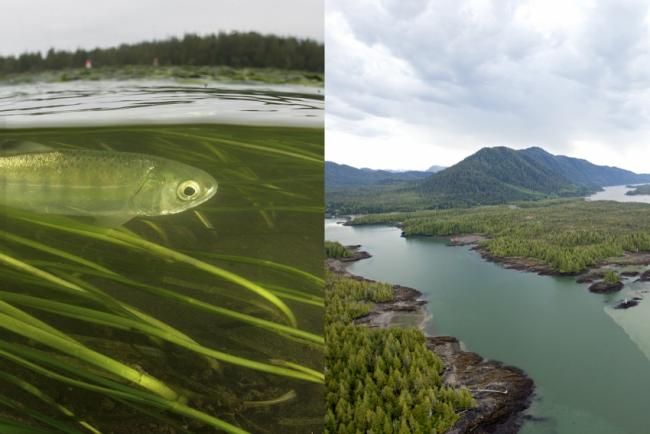Articles Menu

New science shows that Pacific Northwest LNG and Prince Rupert LNG are smack dab in the most sensitive spot for millions of Skeena salmon, treasured by fisheries, anglers, First Nations and sushi lovers.
The gas terminals couldn't be in a worse spot, say scientists.
Two multi-billion-dollar LNG marine export facilities slated for the province’s northwest are under fire for being smack dab in the most critically important waters for rearing millions of wild B.C. salmon, a new Simon Fraser University scientific study reveals.
“The worst case scenario is the [Skeena] salmon population would collapse, and to levels that would not allow commercial fishing,” said Assistant Professor Jonathan Moore with SFU’s School of Resource and Environmental Management.
Malaysia’s state-oil company Petronas is seeking to build the $11-billion “Pacific Northwest LNG” terminal on Lelu Island near Prince Rupert (1,500 km northwest of Vancouver).
Next to it, a British-company -- BG Group -- wants to build the $16-billion “Prince Rupert LNG” project on Ridley Island.
“This area, right where this [LNG] development is proposed, has the highest abundance of some of the most important salmon species within the Skeena watershed," said Moore, an aquatic ecologist.